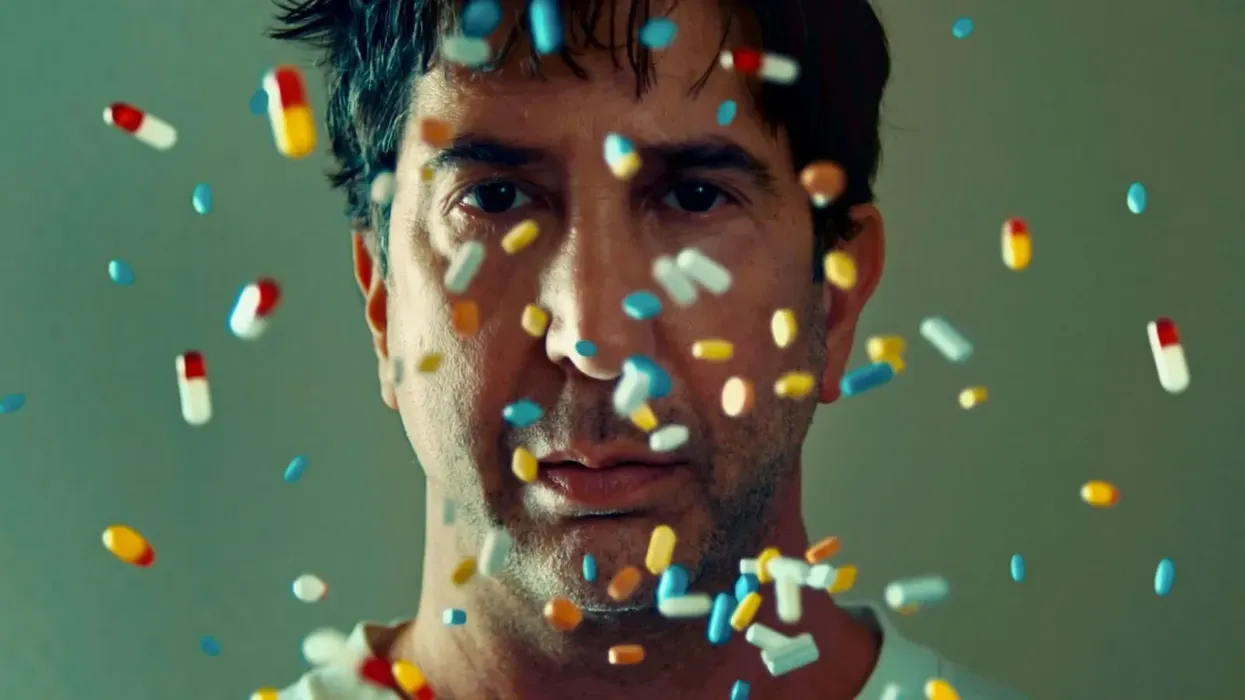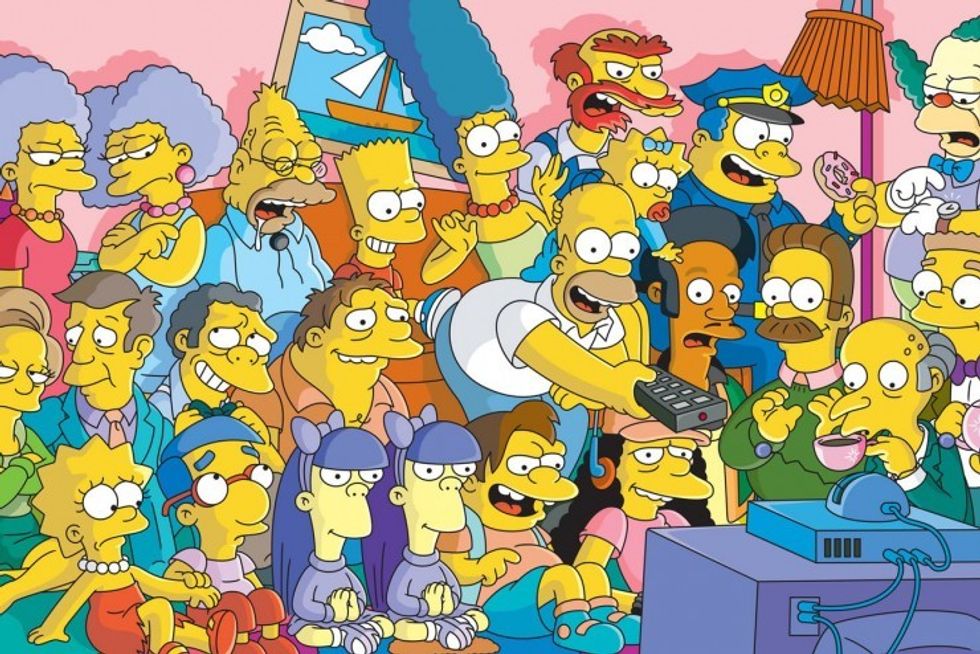“Little Death” editors se Adobe Premiere Pro to bring the Sundance dark comedy to life
Set in Hollywood, “Little Death,” — directed by acclaimed music video director Jack Begert and edited by Jake Torchin and Tyler Sobel-Mason — blends comedy and tragedy to explore the inner lives of its characters as they struggle against the fickleness of fate and the illusion of free will.

This post was written by Meagan Keane and originally appeared on the Adobe Blog on January 19th, 2024.
The filmmakers employed bursts of surreal montage and oddball AI animation to bring the story to life. One challenge they navigated was working with multiple styles within the scenes and bringing those different styles together into a cohesive story. Torchin and Sobel-Mason relied on Adobe Premiere Pro, Adobe After Effects, and Adobe Frame.io to get the job done.
“Little Death” premiered at Sundance Film Festival on January 19. Read on below to hear more about the workflow!
How and where did you first learn to edit?
Torchin: When I was a kid, my friends and I used to shoot movies with an old camcorder. I didn’t know about editing yet, so as we were shooting, I’d rewind or fast-forward the DV tape to a specific moment and film over it to build a sequence. This linear approach taught me how the different pieces of your movie can become a jigsaw puzzle of sorts. Eventually, I got my hands on editing software and continued to learn on my own by watching movies and recreating different styles and scenes — sometimes shot for shot.
Sobel-Mason: I learned to edit sophomore year of high school in film class. Shout out to Wendy Dezoritz, the awesome teacher who got me into it.
How do you begin a project/set up your workspace?
Torchin: A lot of it depends on which part of the process I’m in, but typically, I’m working with two monitors — one of which is entirely dedicated to my timelines. In the other, I set the program monitor as large as possible, and use the source monitor, project, effect controls, effects, essential graphics, and text panels.
Sobel-Mason: I’ve been working on a template project folder structure since 2015 — that’s the starting point for all of Psycho Films’ post projects — which contains a template Premiere Pro and After Effects project. As we’ve started working on new types of projects, and learned things over the years, the template has evolved and become more detailed and catch-all. This is the starting point for all of our projects, big and small. We start by duplicating the template folder structure, then transcoding all the raw media to ProRes Proxy Match Source files using Adobe Media Encoder.
Tell us about a favorite scene or moment from this project and why it stands out to you.
Torchin: I’m not sure I have a favorite scene. For me, what was exciting about this project, is how it deploys multiple styles throughout. At times, the cutting style is boisterous and tends to be in your face. Other parts of the film become more slice of life, where our job was to hide the edit. That dichotomy presented a lot of unique challenges but was ultimately something we had a lot of fun with.
Sobel-Mason: My favorite moment from this project was the epiphany of how to best restructure the ending of the film. We had been trying and trying haircuts and line removals to quicken the pace, but no matter what we did, it wasn’t enough. We were under a deadline, and the producers were hounding us for a new cut. I went outside, sat in the sun, closed my eyes, and tried to imagine how I wished the ending went. There were probably six to eight shots from the ending that I kept seeing in my head. I went back inside, and in about 15 minutes, Torchin and I cut together those moments into a new version of the ending that was a third of the length and worked so much better. It is pretty close to the version seen in the final cut.
What were some specific post-production challenges you faced that were unique to your project? How did you go about solving them?
Torchin: As I stated above, having a single film with different cutting styles presented unique creative challenges. We very much had to ‘find it in the edit’ with a number of scenes. As part of the process, Jack would often have us completely deconstruct a scene and try it every possible way — except the way it was written and shot. Most of the time we’d end up reverting back to the way it was originally intended, but through this exploration, we’d spark a lot of new ideas that we could run with.
Sobel-Mason: Prior to production, we knew we wanted to do some deepfaking to elevate a few of the sequences. But right as the film was being shot, all sorts of new AI tech started to come out — first Dall-e and Art Breeder, and later, Stable Diffusion. As I began researching these, I started to play around with how they could be incorporated in the edit to help tell a new kind of story. While Torchin was working on the first rough assembly of the movie, I spent two months working on just one scene, combining editing, VFX and AI in a way that opened everyone’s eyes to what was possible. It made us realize we wanted to go down this trippy rabbit hole of emerging technology and gave us a new perspective on how to edit the movie.
What Adobe tools did you use on this project and why did you originally choose them Were there any other third party tools that helped enhance your workflow?
Torchin: I love the Adobe suite because we are constantly integrating After Effects and Adobe Photoshop into the offline edit. Especially with a film like “Little Death”, which is so VFX intensive, the fluidity of the workflow is something that we really value. Specifically, it allows our temp elements to feel elevated, even at a rough-cut stage.
We also used Frame.io to upload, share, and review basically every aspect of the offline and online edit. Not only did we use it for cuts of the film, but also for music reviews, GFX or VFX reviews, and even file sharing.
Sobel-Mason: Adobe only! Premiere Pro, After Effects, and Photoshop. We used Frame.io to review cuts and send VFX packages to VFX artists.
If you could share one tip about Premiere Pro, what would it be?
Torchin: Customize it! I love how fluid and user-friendly the workspace is in Premiere Pro. I’m constantly tinkering with my windows and adding new keyboard shortcuts to keep my workflow evolving.
Sobel-Mason: Spend time in the keyboard shortcuts menu. There’s so many options of things that can be made into a shortcut!
Who is your creative inspiration and why?
Torchin: Such a tough question! Music always sparks creativity for me, especially if I’m hitting a wall. Oftentimes as an editor, you can feel so overwhelmed by the massive amounts of media to wrangle, and music can really center your mind and reignite that excitement to create. I love a little Philip Glass with a shot of espresso.
Sobel-Mason: I don’t really like to work like that. If I’m trying to be creative, I like to block out the outside world. I don’t want to come up with anything derivative.
What’s the toughest thing you’ve had to face in your career and how did you overcome it? What advice do you have for aspiring filmmakers or content creators?
Torchin: Before “Little Death,” my background was predominately cutting documentaries and unscripted projects, but I've always strived to edit narrative. For many, the jump from unscripted to scripted can feel almost impossible — it certainly did for me at times. I'm fortunate to have a group of peers, specifically with Jack, Sobel-Mason and Psycho Films, who I have been collaborating with for over a decade now. Making a movie takes a team, and aligning yourself with a group of like-minded filmmakers you can grow with is one of the most valuable things you can find.
Sobel-Mason: Burnout. Everything needs to be done in moderation. Don’t do too much of the same thing, keep switching it up.
Share a photo of where you work. What’s your favorite thing about your workspace and why?
Torchin: I love the natural light! Long hours at a computer can always be slightly alleviated with sunlight and a nice breeze.

Image Source: “Little Death” Editor Jake Torchin.
Sobel-Mason: This is my workstation:

Image source: “Little Death” Editor Tyler Sobel-Mason
…and this is the bullpen room of computers that I remote into via Jump Desktop from my workstation and use simultaneously to multitask. What I love about it is that my laptop in the workstation can essentially be any one of the computers in the bullpen, or all of them at once. I can be running generative AI on two PCs, rendering out VFX shots on two Macs, working in After Effects on my laptop, and have the master edit Premiere Pro project open on the M1 Ultra studio workstation.

Image source: “Little Death” Editor Tyler Sobel-Mason
This post was written by Meagan Keane and originally appeared on the Adobe Blog on January 19th, 2024.
- How Adobe Is Changing the Future of Filmmaking at Sundance 2023 ›
- Exploring themes of “The Battle for Laikipia” ›














